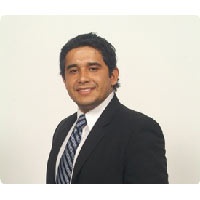Hartsdale DUI-DWI Lawyer, New York
Sponsored Law Firm
-
 x
x

Click For More Info:
-
Osorio Cachaya Law Offices, PLLC
203 E Post Rd 1st Floor White Plains, NY 10601» view mapAccident & Injury, Criminal, Family, Immigration Experienced Legal Assistance!
Osorio Cachaya Law Offices, PLLC is a family-owned law office that has been offering a team approach to legal issues since 1999.Se Hablamos Espanol
800-318-9750
Darren Deurso
✓ VERIFIEDCar Accident, Family Law, DUI-DWI, Felony, Traffic
Dedicated, Devoted, Determined
Darren DeUrso has been in practice for 25 years, including years as an assistant district attorney for Westchester County and in the private practice ... (more)
FREE CONSULTATION
CONTACTMichael Stephen Berardino
Traffic, Wills & Probate, White Collar Crime, DUI-DWI
Status: In Good Standing Licensed: 41 Years
Richard D. Willstatter
Federal Appellate Practice, Federal, DUI-DWI, Criminal
Status: In Good Standing Licensed: 44 Years
Robert E. Cosentino
DUI-DWI, Felony, Insurance, Misdemeanor
Status: In Good Standing Licensed: 27 Years
Michael John Palumbo
Traffic, Motor Vehicle, DUI-DWI, Criminal
Status: In Good Standing Licensed: 22 Years
FREE CONSULTATION
CONTACTLuis Andrew Penichet
Family Law, Divorce, DUI-DWI, Criminal
Status: In Good Standing Licensed: 45 Years
 Jesus Cachaya White Plains, NY
Jesus Cachaya White Plains, NY Practice AreasExpertise
Practice AreasExpertise

